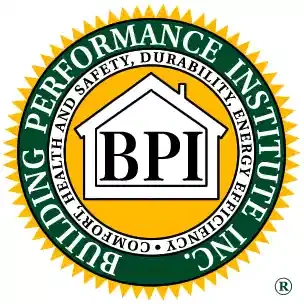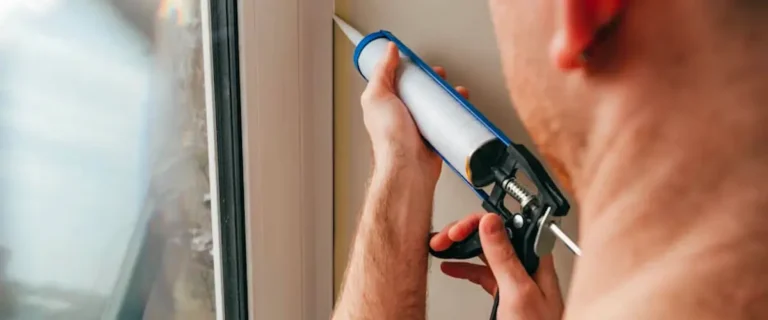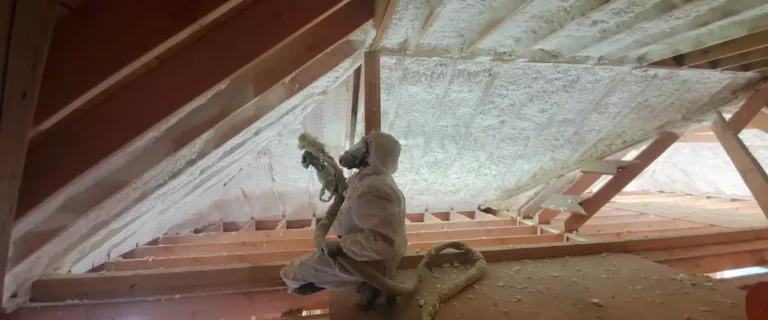If you’re a homeowner in Brooklyn, you know how important it is to have proper insulation in your home. One option to consider is blow-in cellulose insulation. In this ultimate guide, we will delve into everything you need to know about blow-in cellulose insulation in Brooklyn.
Understanding Blow-in Cellulose Insulation
What is Blow-in Cellulose Insulation?
Blow-in cellulose insulation is a type of insulation material made from recycled paper fibers, usually treated with fire-retardant chemicals. The fibers are blown into wall cavities, attics, and other hard-to-reach areas, providing excellent thermal insulation.
When it comes to insulating your home, blow-in cellulose insulation offers a sustainable and effective solution. This eco-friendly material is made from recycled paper fibers, reducing waste and promoting environmental conservation. By repurposing paper waste, blow-in cellulose insulation helps to minimize the carbon footprint associated with traditional insulation materials.
Blow-in cellulose insulation is treated with fire-retardant chemicals, ensuring that it meets safety standards and provides an added layer of protection for your home. These chemicals help to reduce the risk of fire, making blow-in cellulose insulation a reliable choice for homeowners.
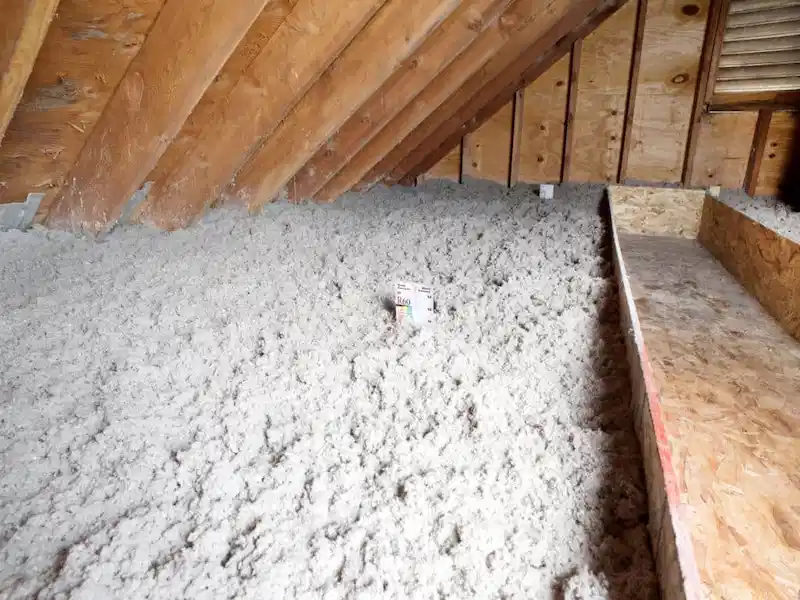
Benefits of Using Blow-in Cellulose Insulation
There are several benefits to using blow-in cellulose insulation in your Brooklyn home:
- Energy Efficiency: Blow-in cellulose insulation has a high R-value, meaning it provides effective thermal resistance, reducing heat loss in winter and heat gain in summer.
- No Settling: Unlike other insulation materials, blow-in cellulose insulation doesn’t settle over time, ensuring long-lasting performance.
- No Air Gaps: The blowing process fills all the crevices, gaps, and voids, creating a seamless and airtight insulation layer.
- Soundproofing: Blow-in cellulose insulation also offers excellent sound absorption properties, reducing noise transfer between rooms and floors.
The Process of Installing Blow-in Cellulose Insulation
Installing blow-in cellulose insulation is a crucial step in improving the energy efficiency and comfort of a building. This process involves careful preparation and meticulous execution to ensure optimal results. Let’s delve into the details of this installation process.
Pre-Installation Considerations
Before diving into the installation, there are a few important considerations to keep in mind:
- Clean the Area: It is essential to start with a clean slate. Clearing the area where the insulation will be installed from any debris or old insulation material is crucial. This ensures a smooth and effective installation process.
- Seal Air Leaks: Identifying and sealing any air leaks is an important step in enhancing the overall insulation efficiency. By addressing these leaks, you can prevent air infiltration and improve the insulation’s performance.
- Protective Gear: Safety should always be a priority. Before starting the installation, make sure to wear appropriate protective gear, such as gloves, goggles, and a mask. These will protect you from dust and fibers that may be released during the installation process.
Step-by-Step Installation Guide
Now that we have covered the pre-installation considerations, let’s dive into the step-by-step guide on how to install blow-in cellulose insulation:
- Prepare the Blower: It is crucial to set up the blowing machine according to the manufacturer’s instructions before loading the insulation material. This involves adjusting the settings for compression and airflow to ensure optimal performance.
- Load the Insulation Material: Once the blower is properly set up, it’s time to load the cellulose insulation material into the blower hopper. This can be done by feeding the material as needed, ensuring a continuous supply during the installation process.
- Start Blowing: With the insulation material loaded, it’s time to start blowing it into the target area. Using a steady and controlled motion, move the nozzle in a back-and-forth manner to ensure even coverage. This will help create a uniform layer of insulation.
- Monitor the Thickness: Throughout the installation process, it is crucial to monitor the thickness of the insulation. Regularly check the insulation’s thickness to ensure that it meets the desired R-value. Adjust the blowing speed and nozzle movement accordingly to achieve the desired results.
- Finishing Touches: Once the blow-in cellulose insulation installation is complete, it’s time for the finishing touches. Clean up any excess material that may have accumulated during the process. Additionally, seal the access point to ensure that the insulation remains intact and performs optimally.
By following these steps diligently, you can successfully install blow-in cellulose insulation and enjoy the benefits of improved energy efficiency and comfort in your building.
Cost Analysis of Blow-in Cellulose Insulation in Brooklyn
Factors Affecting the Cost
Several factors can influence the cost of blow-in cellulose insulation in Brooklyn:
- Home Size: The larger the area to be insulated, the higher the overall cost.
- Insulation Thickness: Increasing the desired R-value will require more insulation material, impacting the cost.
- Accessibility: Difficult-to-reach areas may require additional labor or equipment, affecting the total cost.
When considering blow-in cellulose insulation, it’s important to understand the various factors that can affect its cost. Home size is a significant consideration, as larger homes will require more insulation material, resulting in higher overall costs. Additionally, the desired insulation thickness, measured by the R-value, can impact the cost. Higher R-values require more insulation material, which can increase the cost. Another factor to consider is the accessibility of the areas to be insulated. Difficult-to-reach areas may require additional labor or specialized equipment, adding to the total cost of the insulation project.
Comparing Costs with Other Insulation Types
When considering blow-in cellulose insulation, it’s essential to compare its cost with other insulation types:
While blow-in cellulose insulation may have a slightly higher upfront cost than fiberglass insulation, it often provides a better long-term return on investment due to its superior thermal performance and longevity.
When comparing the costs of blow-in cellulose insulation with other insulation types, it’s important to consider the long-term benefits. While blow-in cellulose insulation may have a slightly higher upfront cost compared to fiberglass insulation, it often provides a better return on investment in the long run. This is primarily due to its superior thermal performance and longevity. Blow-in cellulose insulation has a higher R-value per inch compared to fiberglass insulation, meaning it provides better insulation and energy efficiency. Additionally, blow-in cellulose insulation is more resistant to settling over time, ensuring that its thermal performance remains consistent throughout the lifespan of the insulation. These factors contribute to lower energy bills and increased comfort in the home, making blow-in cellulose insulation a cost-effective choice in the long term.
Maintenance and Longevity of Blow-in Cellulose Insulation
Routine Maintenance Tips
To ensure the longevity and effectiveness of blow-in cellulose insulation, consider the following maintenance tips:
- Inspect for Damage: Regularly inspect the insulation for signs of moisture damage or physical disruption. Address any issues promptly.
- Address Air Leaks: If you notice any air leaks, seal them promptly to maintain the insulation’s airtightness.
- Prevent Pest Infestations: Take measures to prevent pests, such as rodents or insects, from nesting in the insulation.
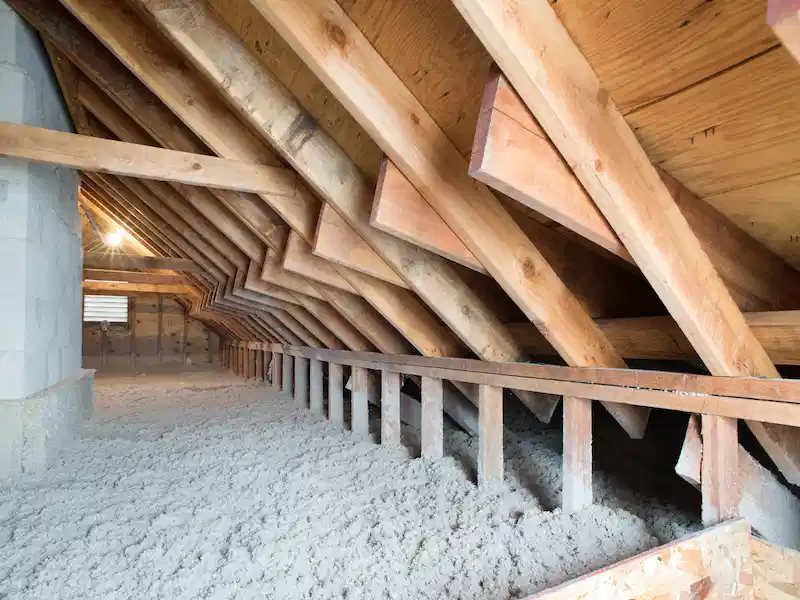
Expected Lifespan of Blow-in Cellulose Insulation
With proper installation and maintenance, blow-in cellulose insulation can last for several decades. However, its lifespan can vary depending on factors such as environmental conditions and the overall quality of installation.
Safety Measures for Blow-in Cellulose Insulation
Fire Safety and Blow-in Cellulose Insulation
Blow-in cellulose insulation is treated with fire-retardant chemicals, providing a high level of fire safety. However, it is still essential to follow general fire safety practices in your home, such as having functional smoke detectors and maintaining clear pathways for escape in case of a fire.
Health Considerations and Precautions
During blow-in cellulose insulation installation, it’s crucial to take the following health precautions:
- Wear Protective Gear: Always wear gloves, goggles, and a mask to minimize exposure to airborne particles and fibers.
- Proper Ventilation: Ensure adequate ventilation during and after installation to allow any dust or volatile compounds to dissipate.
By understanding blow-in cellulose insulation and following the proper installation and maintenance guidelines, you can enjoy the benefits of this energy-efficient and environmentally friendly insulation option in your Brooklyn home for years to come.
Ready to improve the comfort and efficiency of your Brooklyn home with blow-in cellulose insulation? NY Energy Project is here to help. Our team of experts specializes in energy-saving solutions that improve your home’s thermal performance and contribute to a greener environment. We’ve covered you from energy audits to advanced insulation techniques, including spray foam and attic insulation. Embrace the benefits of smart home technologies and cutting-edge heating & cooling systems to maximize energy savings. Don’t wait any longer to optimize your home’s energy use and comfort. Start Saving Today with NY Energy Project, your local energy efficiency professionals in Queens and Brooklyn.



